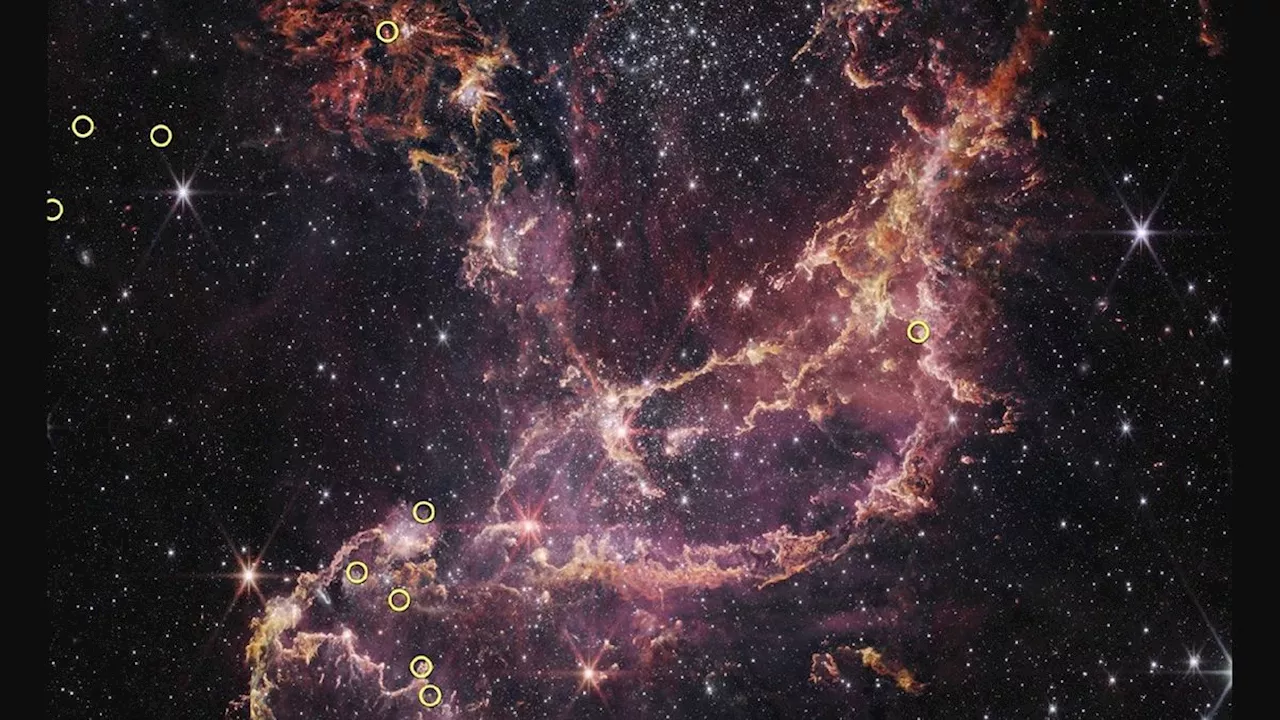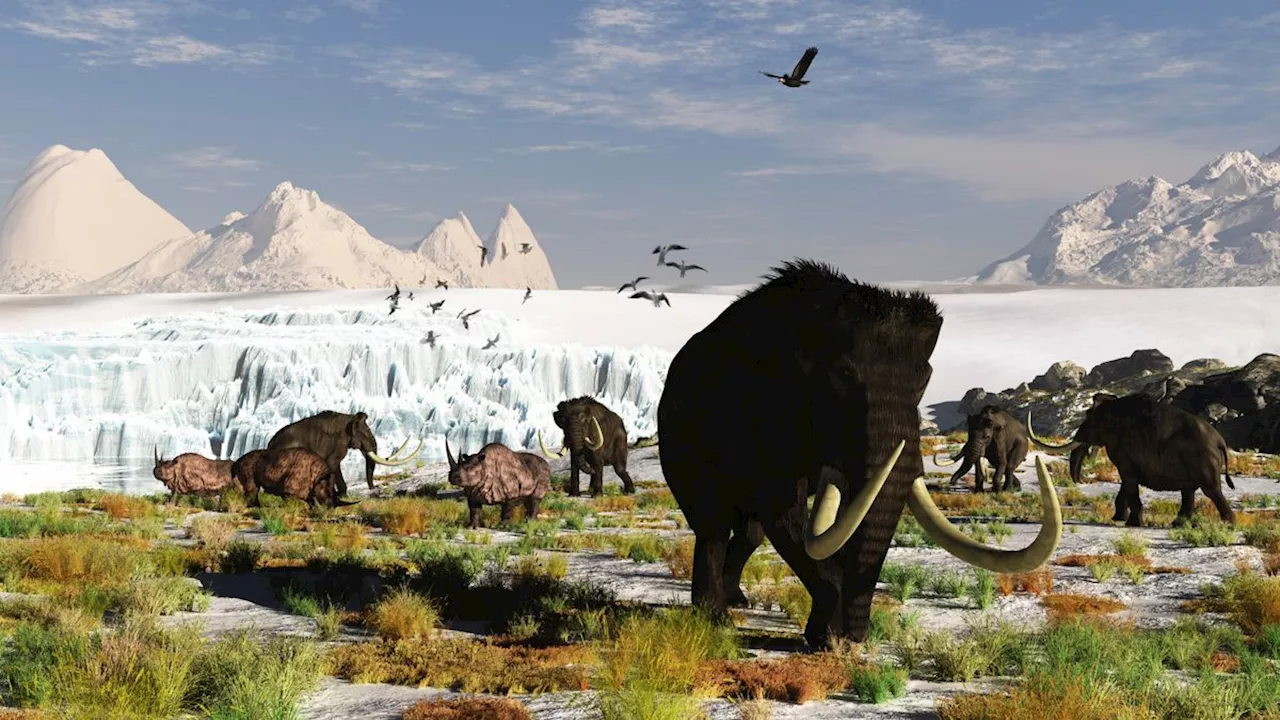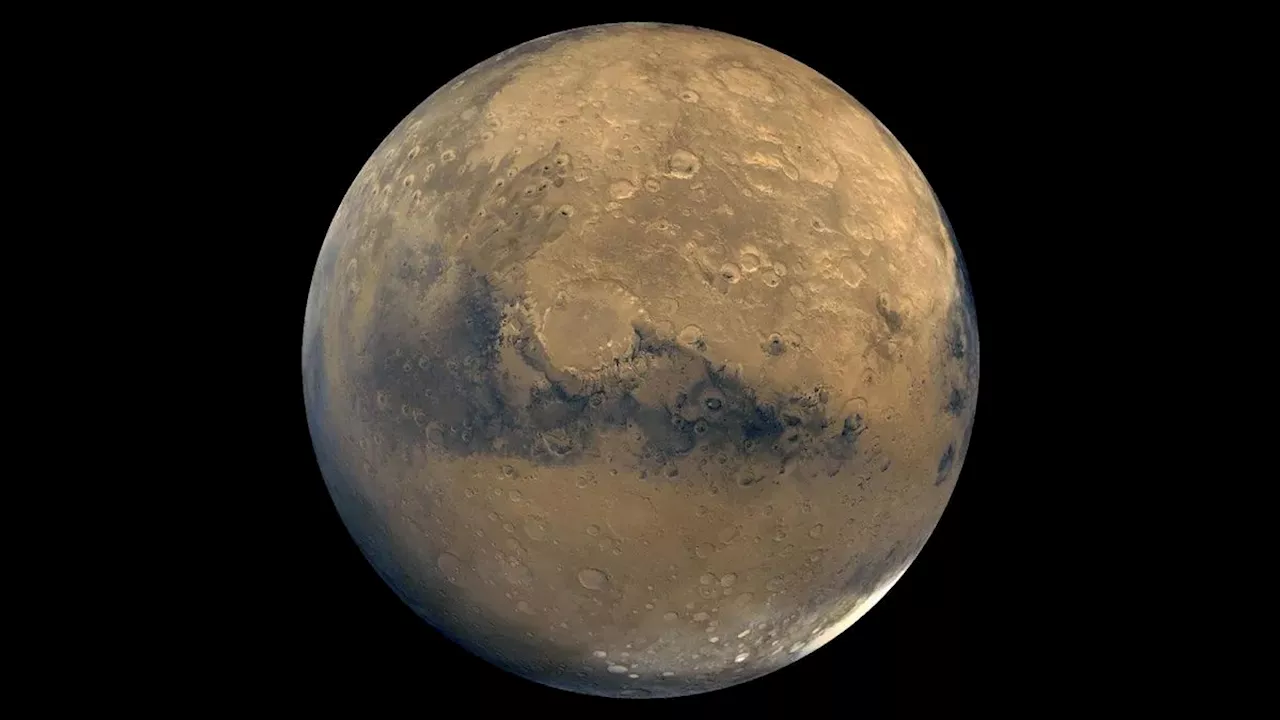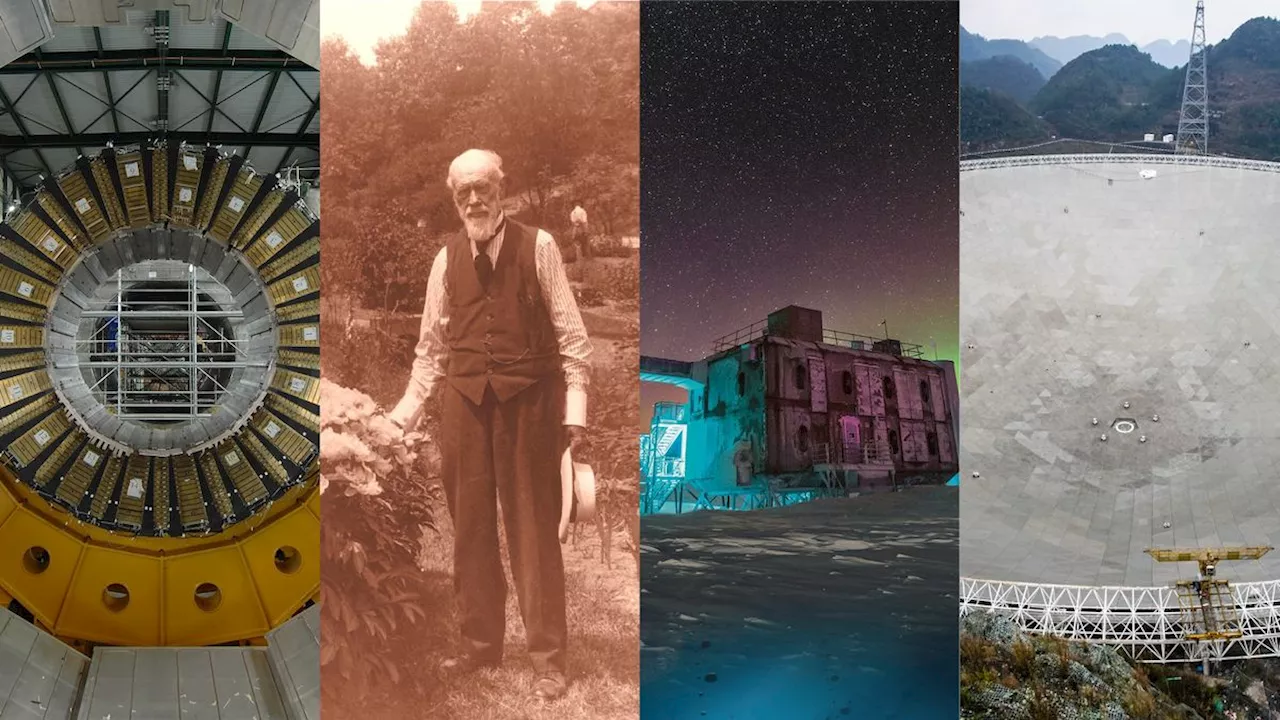Stephanie Pappas is a contributing writer for Live Science, covering topics ranging from geoscience to archaeology to the human brain and behavior.
Sometimes science needs to go big. From telescopes spanning the globe to particle accelerators that would take over 24 hours to walk around, these experiments are among the largest ever conducted.
LIGO has detected all manner of mysterious galactic phenomena, from a merger between a neutron star and a superlight black hole to multiple collisions between neutron stars. World's largest atom smasherTo study the very small, scientists sometimes have to use very big instruments. They don't come bigger than the Large Hadron Collider , the world's largest particle accelerator. Run by CERN, the European Organization for Nuclear Research, this 16.
FACE stands for"Free-Air Carbon Dioxide Enrichment." The experiment consists of 12 observational arrays in six 98-foot-diameter plots: three at ambient carbon dioxide concentrations and three at higher concentrations. The highest concentration — 615 parts per million — is predicted to be reached by the 2070s under a middle-of-the-road pathway to climate mitigation in which countries make slow and uneven progress toward sustainability.
The researchers will measure the impact of the extra CO2 on plant physiology, including whether plants in a carbon-rich atmosphere add temporary structures, like leaves, or more permanent features, such as wood. This is important to study because wood locks up carbon for centuries, whereas carbon used to grow leaves reenters the environment within a year or two. The experiment is expected to run for at least a decade.
The ocean naturally takes up carbon from the atmosphere, but it can't absorb it fast enough to make a climatic difference on the scale of a human life span. The carbon-capture company Equatic is aiming to accelerate that timeline. A world of babiesHow do babies learn language? When do they understand gestures? Are they hardwired to imitate adults? All of these questions are tough to answer, because babies are challenging research subjects, prone to crying and unexpected naps.
"We need a very big target, such as a billion tons of material, to have a fighting chance to — once in a while — catch some of them," said Albrecht Karle, a professor of physics at the University of Wisconsin-Madison. A globe-spanning psychology studyThe COVID-19 pandemic was its own global experiment, albeit one with a massive number of uncontrolled variables. Psychologists took advantage of this shared global experience with some of the largest psych studies of all time.
A centuries-long plant experimentSmall in size but big in duration, Michigan State University botanist William James Beal's seed viability experiment has been running continuously since 1879. The goal of this experiment is to find out how long seeds of different plants can lie dormant before sprouting. To find out, Beal buried bottles of seeds from 23 different plants 3 feet
United States Latest News, United States Headlines
Similar News:You can also read news stories similar to this one that we have collected from other news sources.
 Earth from space: Otherworldly stripes and shadowy dunes share center stage in 'hottest place on Earth'Harry is a U.K.-based senior staff writer at Live Science. He studied marine biology at the University of Exeter before training to become a journalist. He covers a wide range of topics including space exploration, planetary science, space weather, climate change, animal behavior and paleontology.
Earth from space: Otherworldly stripes and shadowy dunes share center stage in 'hottest place on Earth'Harry is a U.K.-based senior staff writer at Live Science. He studied marine biology at the University of Exeter before training to become a journalist. He covers a wide range of topics including space exploration, planetary science, space weather, climate change, animal behavior and paleontology.
Read more »
 James Webb telescope solves 20-year-old Hubble conundrum — and it could finally explain why the universe's oldest planets existStephanie Pappas is a contributing writer for Live Science, covering topics ranging from geoscience to archaeology to the human brain and behavior.
James Webb telescope solves 20-year-old Hubble conundrum — and it could finally explain why the universe's oldest planets existStephanie Pappas is a contributing writer for Live Science, covering topics ranging from geoscience to archaeology to the human brain and behavior.
Read more »
 Infamous 'sofa problem' that boggled mathematicians for decades may finally have a solutionStephanie Pappas is a contributing writer for Live Science, covering topics ranging from geoscience to archaeology to the human brain and behavior.
Infamous 'sofa problem' that boggled mathematicians for decades may finally have a solutionStephanie Pappas is a contributing writer for Live Science, covering topics ranging from geoscience to archaeology to the human brain and behavior.
Read more »
 Ancient 'land bridge' that connected Siberia to US wasn't what it seems, scientists findStephanie Pappas is a contributing writer for Live Science, covering topics ranging from geoscience to archaeology to the human brain and behavior.
Ancient 'land bridge' that connected Siberia to US wasn't what it seems, scientists findStephanie Pappas is a contributing writer for Live Science, covering topics ranging from geoscience to archaeology to the human brain and behavior.
Read more »
 What are 'attachment styles,' and is there science to back them up?Stephanie Pappas is a contributing writer for Live Science, covering topics ranging from geoscience to archaeology to the human brain and behavior.
What are 'attachment styles,' and is there science to back them up?Stephanie Pappas is a contributing writer for Live Science, covering topics ranging from geoscience to archaeology to the human brain and behavior.
Read more »
 China aims to be 1st to bring samples back from MarsStephanie Pappas is a contributing writer for Live Science, covering topics ranging from geoscience to archaeology to the human brain and behavior.
China aims to be 1st to bring samples back from MarsStephanie Pappas is a contributing writer for Live Science, covering topics ranging from geoscience to archaeology to the human brain and behavior.
Read more »
